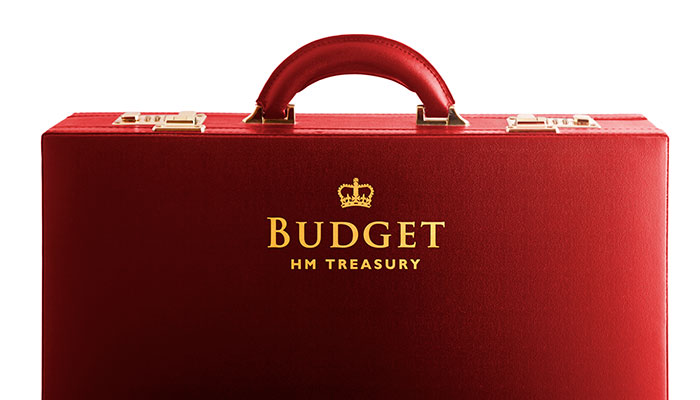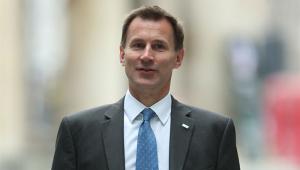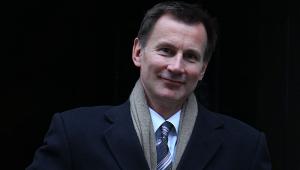
Image © iStock
A pre-election Budget is always going to be a bit of a rum affair. Sound economics and the setting out of a path for the medium term are submerged by the need for votes. This is even more the case if your party is behind in opinion polls.
The economic background to this Budget was not great, with pretty anemic growth for a number of years followed by a recession in the second half of 2023. And everybody has felt the cost-of-living squeeze.
The chancellor naturally tried to argue that we have now turned the corner in terms of the economy (implicit message: ‘stick with us, don’t risk Labour’). This is a bit of a stretch, although we would expect some sort of recovery now and inflation is coming down sharply.
The new OBR forecasts offer only limited encouragement for this view over the next few years.
Growth is due to be poor at 0.8% in 2024 but the OBR thinks it should rise to a more respectable 1.9% in 2025 (although it adds: “Risks to our medium-term real GDP forecast remain elevated.”) On the other hand the OBR has unemployment creeping up a bit, GDP per capita still falling in 2024 and business investment also falling.
Inflation is forecast to come down, which is good news, but while household incomes in real terms will grow in 2023-24, they still won’t get back to pre-pandemic levels until 2025-26.
The key underpinning of prosperity in the longer term is productivity – and the OBR talks of “subdued productivity growth, which has remained well below its pre-financial crisis average in recent years, even after accounting for the rebound from the pandemic.” And it sees its “forecast for average trend productivity growth over 2024 to 2028 … at 0.9%”, a pretty low number by historical standards.
But this Budget was really all about trying to create political dividing lines and traps for the Opposition. As I have written before, it worked for the Conservatives in 1992, so maybe it will work again.
Chancellor Hunt clearly felt this all had to be done as though fiscal discipline was being kept to – the shadow of Liz Truss is still present. This was helped a bit by interest rates being lower and therefore debt interest payments coming down. But in truth the government’s main fiscal rule is pretty easy to pass, only requiring the debt ratio to decline between years four and five in the future, whatever happens in the meantime (and the OBR show the debt to GDP ratio rising, not falling until 2028-29).
He also created a bit more room by what he continues to assume on public spending. Overall departmental spending in November’s Autumn Statement was penciled in to rise just 1% per year in real terms after 2025, figures widely considered to be unrealistic for the ‘unprotected areas’ such as the Home Office, Justice and local government since protected areas like Health and Defense will use it all up. The chancellor has kept to this pretty tight profile despite clear signs that bits of the public sector are beginning to crumble, including local government.
But warnings for economists against using any apparent ‘fiscal headroom’ for tax cuts can’t get a look-in when Tory backbenchers see their seats at risk.
So what did they do on tax? The main eye catching move was on national insurance with the main rate cut by 2p to 8% (following a cut from 12% in the Autumn Statement). But the freeze on income tax thresholds was maintained, which of course puts taxes up and helps ‘pay’ for these measures. As did scrapping the “non-dom” tax status that allows foreign nationals who live in the UK, but are officially domiciled overseas, to avoid paying UK tax on their overseas income or capital gains. The policy has been a key plank of the way Labour planned to fund some of its spending pledges and has up to now been vigorously opposed by the government who claimed it would rise little money and would be bad for the UK economy in the longer run. But the government, now desperate for money and eager to make life difficult for Labour, says it will raise £2.7bn by 2026-27.
In simple terms those on low earnings will be net losers because of the freezing of thresholds. Those on middle earnings are the biggest winners. And of course, the NI cut does not help pensioners who don’t pay it anyway.
The chancellor also made a variety of other small-ish tax rises to make the numbers add up – on vapes, tobacco duty, on holiday lets, on air passenger duty for business travelers, and by extending the windfall tax on profits of oil and gas companies.
Other rumoured tax cuts such as to inheritance tax, stamp duty and even a cut or promise of a future cut in income tax seem to have been left for use closer to the election, maybe in a desperate last attempt in an Autumn fiscal event.
To remind you, in his 2023 Conservative Party conference speech Rishi Sunak spoke from a podium that read, “Long-Term Decisions for a Brighter Future”. That is long forgotten. This Budget was mostly about the short term health of the Conservative Party. But even on that measure it may well fall short.












